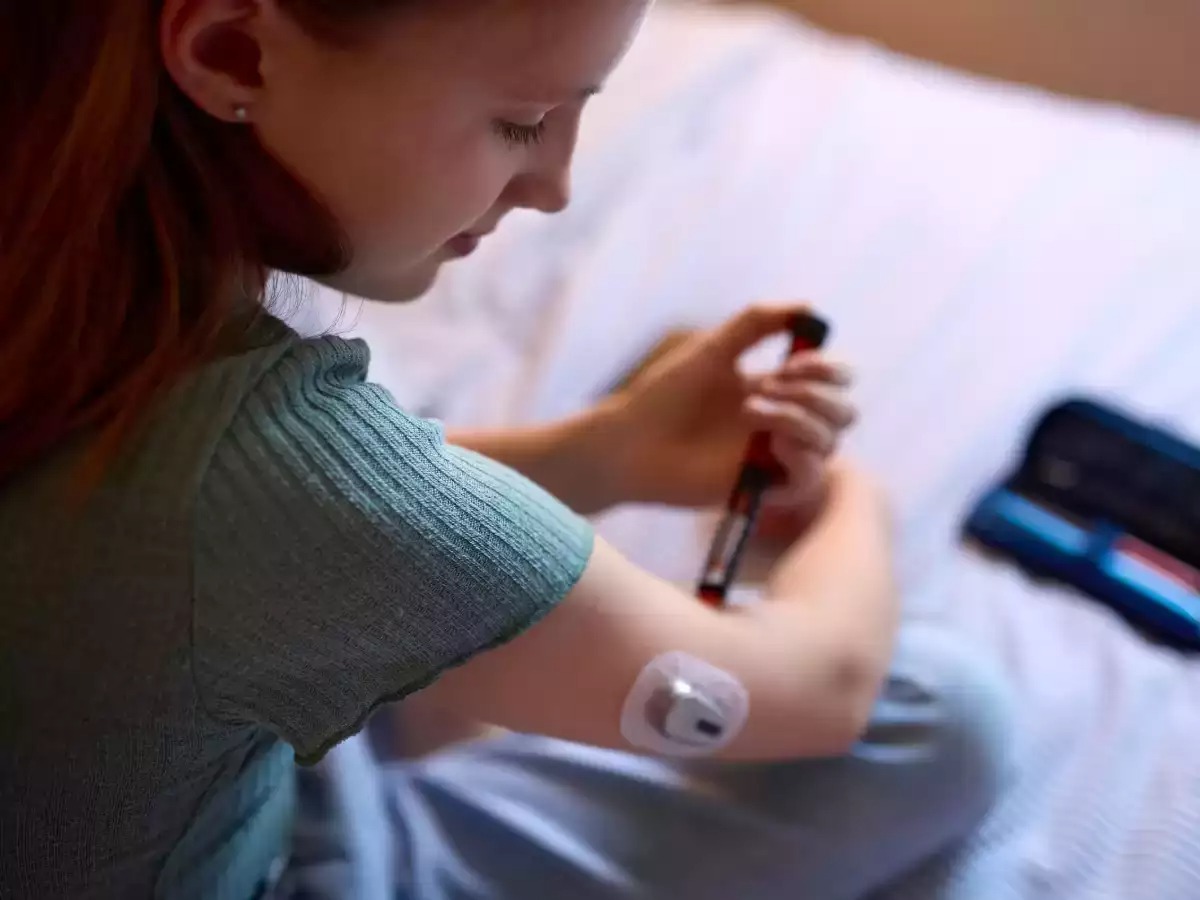
In type 1 diabetes, the immune system affects the pancreas' ability to make insulin. This condition requires constant monitoring of blood sugar levels.

The journey of parenting is full of joys, troubles and many learning opportunities. If you find out that your child has type 1 diabetes, this news brings you a different kind of change. In type 1 diabetes, the immune system affects the ability of the pancreas to make insulin. In this condition, blood sugar levels need to be constantly monitored.
However, it is very important to ensure that your child lives a good, healthy life even with type 1 diabetes. This mainly focuses on controlling the aspects that affect the problem and your child's overall health, such as giving importance to daily exercise is also an important aspect.
Dr Rajesh Rajput, Director, Department of Endocrinology and Diabetes, Medanta Hospital, Gurugram, says that including physical activity in the daily routine of a child suffering from type 1 diabetes is very important for their health and fitness. Parents should make their child exercise for 30 minutes every day, this will not only help in controlling their child's blood sugar but will also improve insulin sensitivity. With this, they will also be able to live a healthy life. Adopting modern technologies that make diabetes control easier can also make the diabetes journey hassle-free. For example, parents can check their glucose levels day and night using a continuous glucose monitoring device (CGM). This gives them real-time data on how the child's blood sugar levels are changing due to their diet, physical activity and insulin intake.
Dr. Prashant Subramanian of Abbott's Diabetes Care says that diabetes management can be difficult for anyone – especially in the case of children. Parents play a vital role in their child's health. Technology-driven CGM devices have proven to be useful in empowering children and reducing the complexity of diabetes control. It is hassle-free and the child's glucose levels can be checked without any pain. Also, the use of a smartphone creates a digital connection and parents can easily monitor. Also, the data of sudden increase or decrease in blood sugar can be kept updated in real time with the help of visual graphs. This is a useful tool that can empower parents to give accurate doses of insulin in case of increased glucose levels. Also, their anxiety is reduced and confidence also increases significantly.
In today's gadget-filled world, it's hard to incorporate physical activity into your child's life. Thankfully, there are some tips that can help you keep your child healthy and active in just four simple steps:
1. Check blood sugar regularly
Check your glucose levels before putting on your running shoes. Tracking your blood sugar helps you know when to take the next dose of insulin. You can also do this with the help of a continuous monitoring device like the Freestyle Libre. These devices are also connected to a mobile phone app, so you can view the readings. This will help you see the impact of stress or any lifestyle habits on your child. This will help them make healthy decisions as well as keep their blood sugar levels within the normal range (70-180 mg/dL).
2. Do fun activities to stay active
To keep children active, it is important to find out exercises that interest them. Creating a routine by involving them in some kind of team game can help. Physical activities like cycling, dancing, playing cricket or kho-kho or kabaddi with friends or family members can be adopted. Do not let the child feel that he is alone and needs to exercise because of his illness, but make it a family activity. It is also a fun way to connect with each other and keep the body healthy. Along with doing any kind of activity, also pay attention to getting enough sleep, as rest is very important for children suffering from type 1.
3. Always have snacks ready
If people have a blood glucose level below 100 mg/dL, it is recommended that they consume about 15 grams of carbohydrate (such as in the form of a granola bar) to get ready for exercise – especially if your child is planning to play for 30 minutes or more. However, sometimes a pre-workout snack is not enough to prevent sugar levels from dropping. It is wise to keep a snack box with you even when you are not exercising, especially if you do not know when you will need to get active immediately.
4. Make it a habit to write down information related to diabetes
This may not always be possible – and that’s okay. The important thing is to learn from each other’s experiences, such as understanding how your child’s sugar levels react to different foods and activities. Especially if your child has just started exercising. You should keep a constant track. Record their glucose levels, their meals and their exercise over time. This will help you choose which plans are working and which are not, whether it’s changing breakfast times or timing morning and evening walks. Always consult a doctor if you need to make any changes to your child’s routine or have any questions.
 look news india
look news india